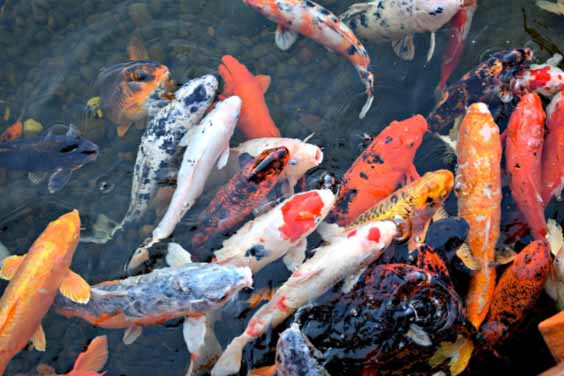
Source: Pixabay
Ponds are one of the most popular landscaping options that people who own their own compounds love using and Koi are the most popular fish used in such ponds. The reasons why this fish is loved are many, one of them being that they are very beautiful to look at and have a long lifespan. Maintaining a koi pond is no walk in the park; it takes a lot, and only someone who is dedicated to that life can be able to pull it off.
We will be looking at everything to do with koi ponds, the types of filtrations involved, the filter media types used as well as the types of Koi fish that would thrive best in such environments. If you are a koi fish enthusiast looking to start your own pond, then you are in the right place.
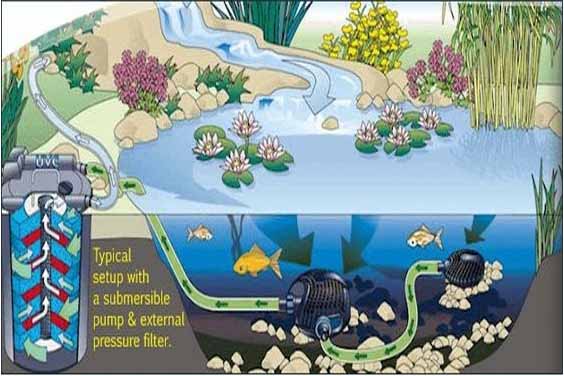
Source: Pinterest
Koi fish are one of the most sensitive fishes around. Any slight changes to the conditions of the water will lead to drastic changes in their health. Therefore, if you choose to get Koi for your pond, you have to invest in a good filtration system that will ensure the water is clean at all times.
Like any other pond fish, the pond serves a lot of functions for the Koi fish; it is where they sleep, feed, procreate, and excrete. Since ponds don’t have an outlet, the water has to be manually cleaned by people to avoid things turning too murky for life. When the food particles you throw into the water combine with fish excrement, they usually settle at the bottom, where bacteria and algae quickly feed off them to create toxic conditions. If nothing is done, it will not be too long before the fish start dying one by one.
It doesn’t matter how big the pond is; as long as there’s no natural outlet and inlet of water, you’ll require a filtration system to get thighs going. Therefore, if keeping koi fish in a pond has been your lifelong dream, you have to be aware that it will take more than the simple act of placing the fish into the pond and expecting to naturally survive. There’s more work cut out for you.
Setting up a Koi pond doesn’t differ much from the normal ponds you see around homesteads and public places. However, being extra sensitive than other fishes, a Koi pond will have to make some special additions to make the pond a habitable place for them. The following are some of the components of a Koi fish pond that have to be constructed if the fish are to have any chance of survival.
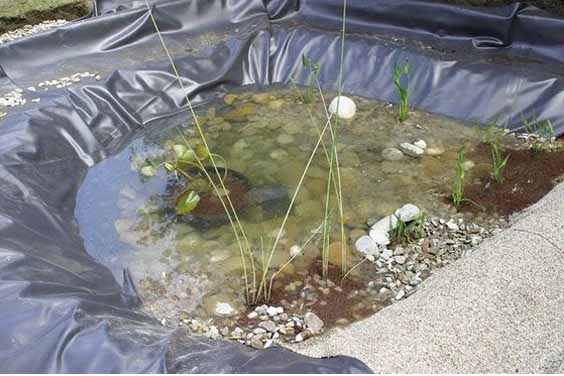
Source: Pinterest
A pond liner is a layer of waterproof material, plastic in most cases, that is placed at the bottom as the foundation to stop water from being absorbed into the ground. When setting up a pond, a liner is very necessary, especially in dry areas where water is scarce. Without a liner, all the water that you put into the pond will be absorbed by the ground, leaving the fish stranded. The liner is usually made of plastic and rubber and should be easy to install. It should also be safe for the fish since some plastic materials are toxic to animal and plant life. Once you have set up the pond liner, you can add other materials like gravel on top to hold it down and provide anchorage for water plants.
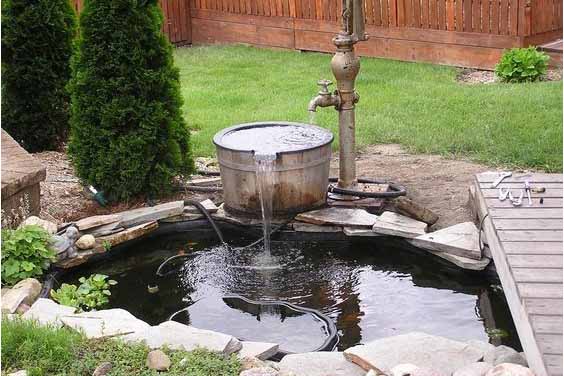
Source: Pinterest
As previously mentioned, if a pond doesn’t have a water inlet and outlet, you’ll be required to handle the filtration process on your own. One easy way of getting this done would be to make use of a good pump. Pond pumps serve many functions and come in different sizes and styles depending on the purpose you want to use them for.
There are those that pump water at a very high level and can be used to style the pond to even include waterfalls and cascades. Then there are those that are subtle; their function is to ensure the adequate circulation of water since fish thrive better in water that’s moving.
When selecting a pump for your Koi filter pond, pay close attention to the power consumption; it should not be an electricity guzzler as that will only make your bills expensive. Another factor to consider is the size of the pond. A bigger pond will require bigger pumps and vice versa; buying a pump that’s too small for your pond will only get the job half done, and that would not be good for the fish. Lastly, make sure the pump has a warranty. Pumps are mechanical machines, and they can get damaged on their own within days of buying them. The warranty has to cover such contingencies for at least the first 6-12 months.
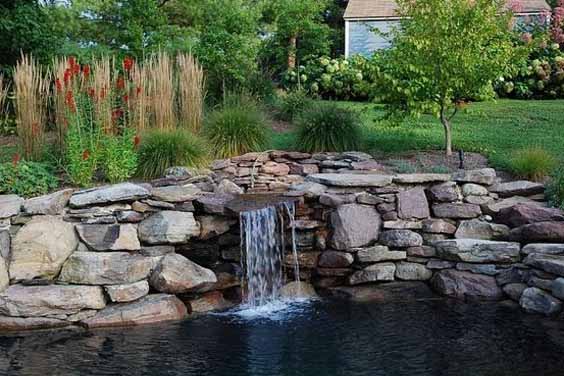
Source: Pinterest
This is the most important part of any pond as it is the only system that gets rid of dirt, making the pond habitable for the fish and any other animal that lives in the water. There are many types of filtrations systems that work hand in hand with filter material to ensure that no contaminants have a free reign in the water.
Filter media are materials and objects that actively act to get rid of harmful contaminants from the water to make the water clean enough for the koi fish to exist. They come in the form of filter rings, ceramic media, carbon filters, and many others. They either physically, chemically, or biologically trap contaminants from the water through a number of princesses.
When it comes to filtration systems, there are three main ones. Biological filtration media makes use of beneficial bacteria to get rid of harmful nitrates from the water. Mechanical filtration is the physical process of getting old objects from the water. Finally, there’s the chemical filtration which handles contaminants through chemical processes like blasting harmful organisms with powerful UV lights.
You can choose to use an individual filtration system or combine all three of them at the same time. It all comes down to personal preferences and the nature of the pond.
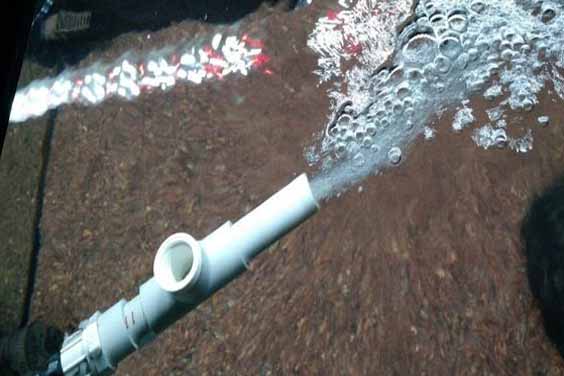
Source: Pinterest
Stagnant water is not a habitable place for most animals, koi fish included. It tends to have less oxygen, and the eater can get murky pretty quickly. One of the ways where you can ensure that there’s enough oxygen for the fish inside would be to install an air pump that will ensure that enough water is circulated within the water. Air pumps depend on electricity, and the bigger a pump is, the higher the consumption. Therefore, when buying one, pay consideration to the size of the pond and your budget so that you don’t end up with an air pump that can barely get the job done, forcing you to spend more on another model.
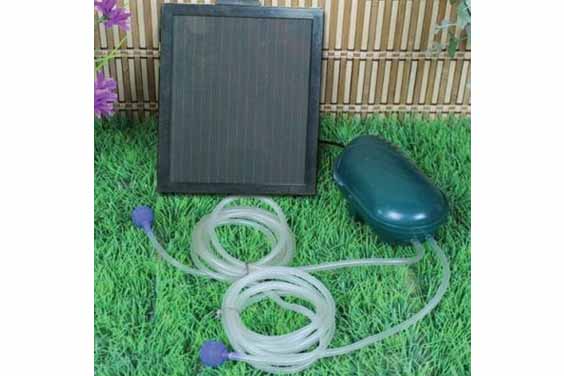
Source: Pinterest
For the pumps to be able to pump water and air around the pond, they require a network of tubes. These tubes are made out of plastic and can be of any length and width, depending on the size of the pond. The bigger the pond, the loner the tubes, and vice versa. They should be flexible and easy to install. You may want to have them pass under the gravel in the pond to make them invisible for a cleaner look.
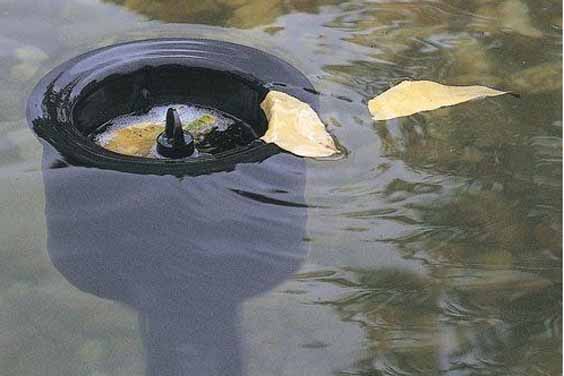
Source: Pinterest
A skimmer is a very handy tool, especially in areas where the pond is surrounded by a lot of plant growth. Where trees are abundant, it is common to have leaves and other things fall into the pond. Natural as they may be, if these objects are allowed to decompose in the pool, they’ll only lead to the accelerated growth of algae and other harmful bacterias, which will then end up using most of the oxygen in the water, leaving the Koi fish in limbo. A skimmer has a fishnet, and it works by trapping any floating material for removal. It can be operated from outside the pool manually, and if the pool is big, you just have to extend the arm area using a stick or an extra pole. Skimmers work well alongside pond filter brushes.
When it comes to Koi ponds, you should never leave anything to chance. There are about three main Koi pond filtration systems that can be used to ensure that the pond status is clean at all times. However, this can further be expanded to 5 when it comes to Koi ponds, owing to their sensitive nature. The following are some of the filtration systems that you can implement in your Koi fish pond set up for the best results.
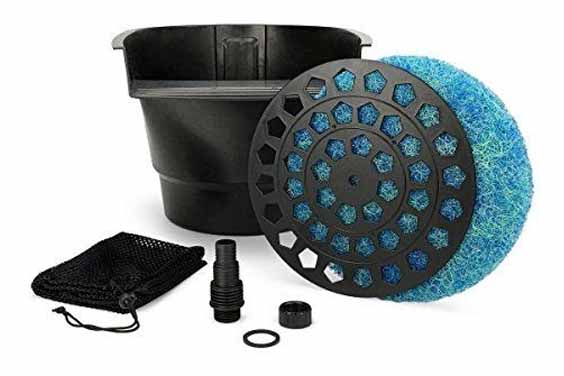
Source: Pinterest
This is the simplest and cheapest form of pond filtration medium that doesn’t require much monitoring. Basically, it is the manual cleaning of the pond using various tools like pond filter mats. You can use skimmers to get rid of any floating material on the surface. It is also the process where you recycle the water slowly over time to ensure that it is clean enough for the fish to survive inside. Mechanical filtration works best for decaying matter like leaves, branches, pollen, and any solid matter in the water. You just need some tools like sieves and skimmers, to pick up the contaminants from the water.
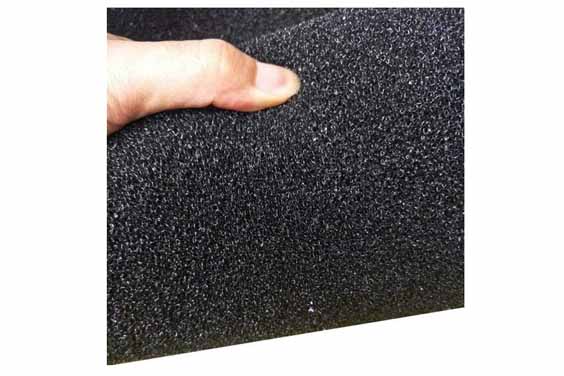
Source: Pinterest
A biological pond filter involves the use of bacteria to deal with contamination in the water. There are certain types of beneficial bacteria that turn harmful nitrates into harmless compounds that can easily be expelled from the water to make the pond more habitable to animal life. The waste that the fish produces always turns into ammonia, nitrates, and nitrites; all three are harmful to the fish and cannot be rid of by any other means other than biological filtration.
What happens here is simple. You set up the pond filter media that will stimulate the growth of beneficial bacteria. This comes in the form of ceramic rings filter media that have grooves that act as bacteria house media. With time, these bacteria populations become big enough to fix the harmful compounds, turning them into harmless forms that can be filtered out easily.
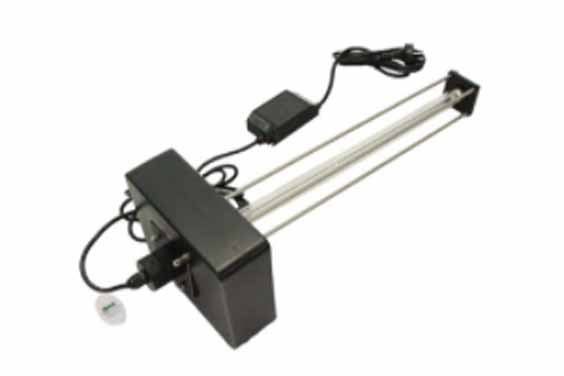
This is the most expensive form of filtration, and it is rarely used due to that reason. The most common form of chemical filtration is the use of an ultraviolet sterilizer. This happens by placing bulbs emitting powerful UltraViolet rays in the water that destroy harmful bacterias and other unwanted contaminants that accumulate over time in the water. The cost of a UV sterilizer machine alone is prohibitive and when you consider the size of the pond, then setting this up becomes really expensive. This is the reason why this form of filtration is used in small aquariums with limited space.
The advantage of using a UV sterilizer for filtration is that it doesn’t harm the fish in any way and doesn’t leave residue or impurities in the water. It is one of the cleanest and most effective methods of filtration around.
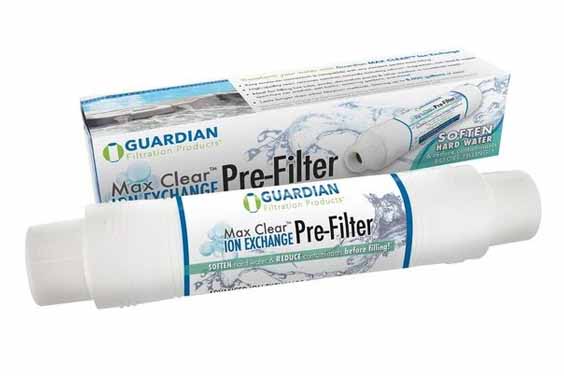
Source: Pinterest
This is a much newer version of filtration that uses electric currents that are harmless to the fish but effective against live constraints in the water. This is how it works; there’s a flow chamber that is equipped with two elongated metal blocks called anodes that have a constant low voltage current passing through them. These anodes are usually made of copper, silver, or zinc.
Once the low electric current is applied to them, these anodes give off positively charged ions that work against algae, fungus spores, viruses, and bacterias that are usually negatively charged. These currents then destroy the cells of all these harmful live organisms and, in the long run, end up cleaning the koi fish pond without much fuss.
The electric charge emitted for this to happen is so minimal that the fish will barely notice it, and this makes Ion filtration one of the most effective filtration systems so far. The amount of electricity needed to pull this off is also minimally lower than what is usually used in running pumps and other forms of filtration equipment. All you have to do is to replace the anodes once they’ve been worn out; this usually takes about a year.
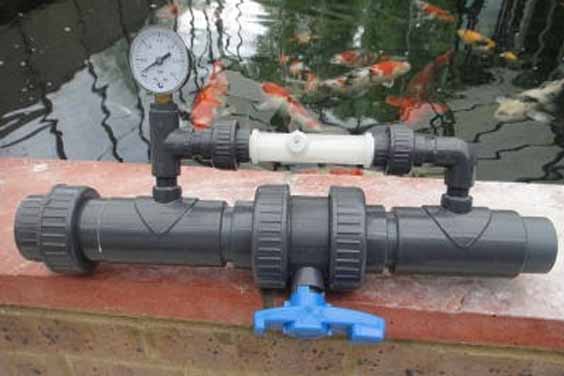
Source: koicarp.org.uk
Ozone filtration has been around since the 1800s and had for meanwhile been a forgotten filtration option for years. It is now making a comeback. It is the most powerful method of getting rid of bacteria and algae in the pond. An electric current is applied to the water to result in the creation of ozone gases. These gases are then pumped into a special chamber that mixes them with water. This simple mixing ends up destroying any bacteria, viruses, or algae that are present in the water. One the one gas cats on the unwanted organisms, it is reverted back to oxygen, which can then be used by the fish creating one of the most efficient filtration systems ever invented by man.
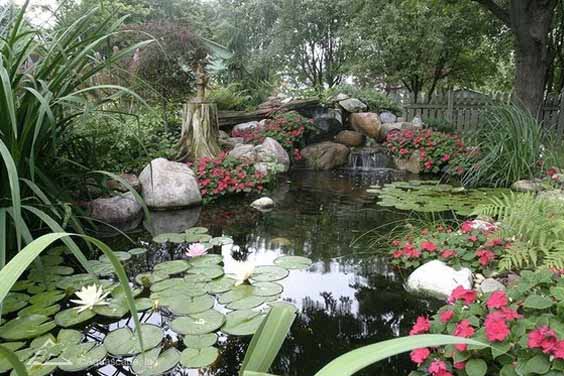
Source: Pinterest
Not to be confused with biological filtration. This is the use of plants to clean the Koi fish pond. Aquatic plants are one of the fastest-growing plants on the planet, and this means that their intake of carbon dioxide and the giving of oxygen is much faster than other normal plants. This makes the ideal filtration agents in a pond as they provide the fish with the best quality of air while getting rid of carbon dioxide in the process.
The advantage of using this form of filtration is that you don’t even have to do most of the work since water plants always find a way to germinate in the pond where you intervene or not. When it comes to filtration, some of the most effective water plants include the American waterweed, Iris, Lotus, and Water Lilies.
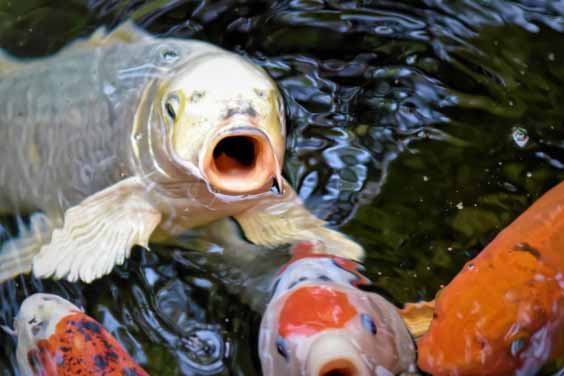
Source: Pixabay
Koi fish are huge and require a lot of space to thrive. If you choose to have these types of fishes in our pond, there are some important factors that you have to consider beforehand. They include the following.

Source: Pixabay
The pond’s exposure to direct sunlight affects how the animals in the pond are able to survive based on the temperature of the water. Koi fish require water with a specific temperature for them to survive well. Direct exposure to sunlight may not be ideal. To counter this, you may have to consider growing plants around the pond, like trees, to provide shade that will keep the pond at the right temperatures required to support Koi fish. Keep the water temperatures between 60-70 degrees Fahrenheit.
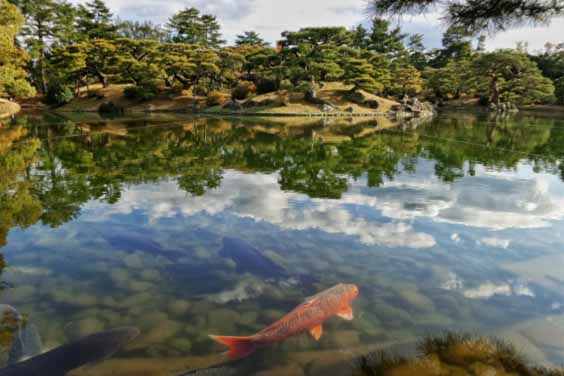
Source: Pixabay
Koi fish are not small and they require ample space for movement and hunting if they are to survive. For this reason, when you decide to go with Koi fish for your pond, make sure the pond is large enough to support large populations. At a minimum, you should have a pond that can hold 500 gallons of water. Koi fish also breed fast, therefore, make room for future expansion to be able to accommodate a population explosion.
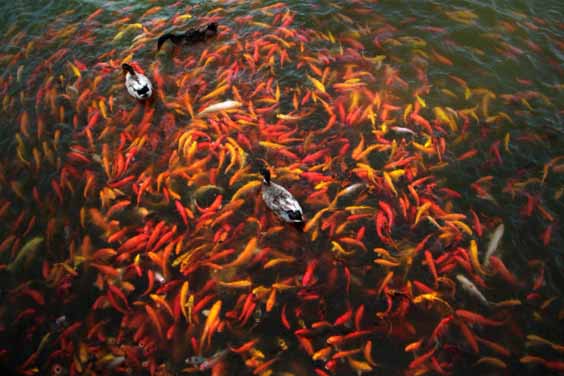
Source: Pixabay
It is easy for the pond to be overrun with fish and become overpopulated, this is the worst thing that can happen and you have to be vigilant all the time. An overpopulated pond is dangerous because the competition for food and oxygen will get so high that some fish will end up dying and rot at the bottom, which will further release toxins in the water, which makes the other fish sick. Once you feel like the population is getting out of hand, you have to trim it down to a manageable number to avoid disasters.
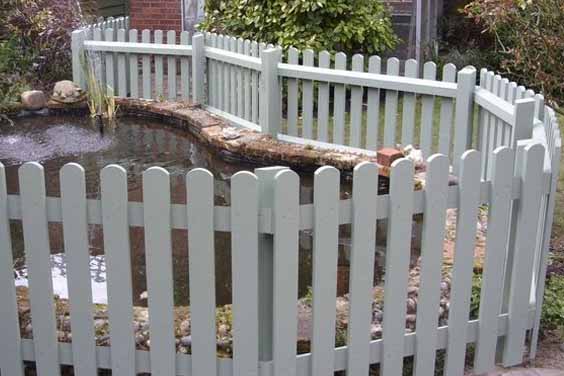
Source: Pinterest
Raccoons, dogs, and eagles are some of the biggest predators of pond fish, especially Koi. To avoid ending up with an empty fish pond, you may have to consider setting up a premier fence around the pond to stop other predatory animals from sneaking in at night and eating the fish without your knowledge.
Koi fish are among the most popular pond fish. They may be sensitive, but they make up for that by turning any pond into a breathtaking place. Taking care of them may be a lot of work, but if you truly love them, then it becomes a breeze in the park. For more information on how to properly maintain your fish pond using pond accessories and tools, visit our website to get all the information you need to run one successfully. We are the best bio media filter.

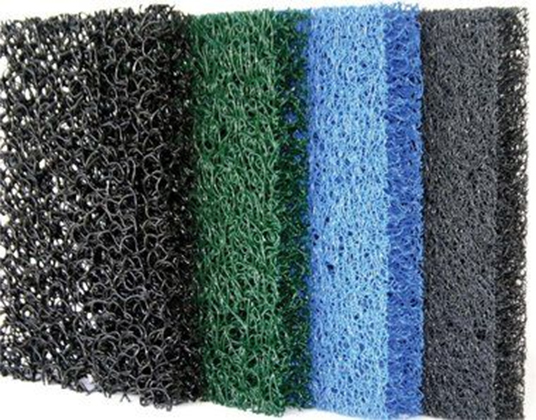
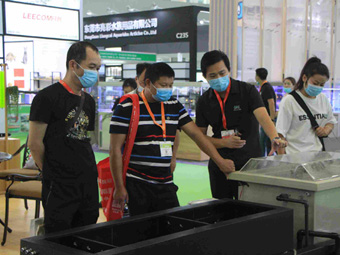

Leave a Reply